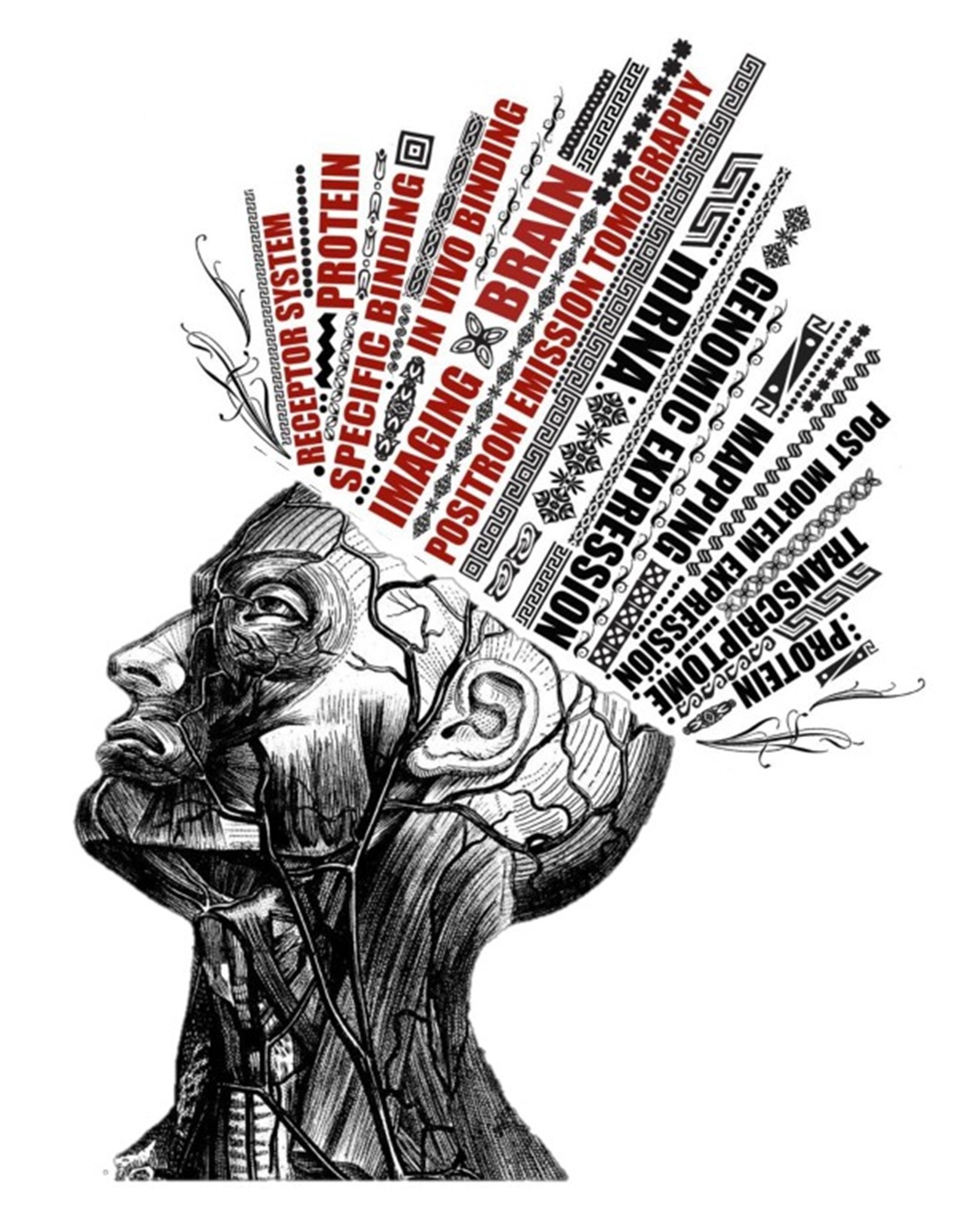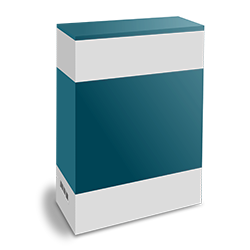Softwareadmin2015-08-05T08:06:38+00:00
MENGA: Multimodal Environment for Neuroimaging and Genomic Analysis
MENGA is a platform for the integration of imaging data and Allen Human Brain Atlas mRNA data. MENGA aims to provide a comprehensive environment to investigate correlation patterns between various imaging modalities and gene expression profiles based on the Allen Brain Atlas.
The project comes from a collaboration between the Department of Information Engineering (DEI), University of Padova with the Institute of Psychiatry, Psychology and Neuroscience (IoPPN), King’s College, London (UK).
SAKE: Spectral Analysis for Kinetic Estimation
SAKE is a stand-alone license-free software which implements the state-of-the-art Spectral Analysis methods for PET quantification. SAKE has been thought as much user-friendly as possible, to be used by expert and not expert ICT users.
SAKE is currently used by 36 research centres worldwide and it is being taught within the course “Experimental Design and Practical Data Analysis in Positron Emission Tomography”, held at King’s College London (UK).
NSR: Nonlinear stochastic regularization
An accurate characterization of tissue residue function R(t) in bolus-tracking magnetic resonance imaging is of crucial importance to quantify cerebral hemodynamics. R(t) estimation requires to solve a deconvolution problem. The most popular deconvolution method is singular value decomposition (SVD). However, SVD is known to bear some limitations, e.g., R(t) profiles exhibit non-physiological oscillations and take on negative values.
In addition, SVD estimates are biased in presence of bolus delay and dispersion. Recently, other deconvolution methods have been proposed, in particular block-circulant SVD (cSVD) and Tikhonov regularization (TIKH). Here we propose a new method based on nonlinear stochastic regularization (NSR). NSR is shown to perform better than SVD, cSVD, and TIKH in reconstructing both the peak and the residue function, in particular when bolus dispersion is considered. In addition, differently from SVD, cSVD, and TIKH, NSR always provides positive and smooth R(t).
Medical Imaging Cluster Analysis Tool
[coming soon] ROMEO is a stand-alone license-free software for the cluster analysis of biomedical images. The main aim is to offer to the international scientific community a simple but complete and flexible tool to apply clustering algorithms to medical images.
Three different solutions have been implemented by three groups during the course of Software Engineering Foundations (Department of Mathematics, University of Padua, Italy):
1) 7 monkeys: Alberto Adami, Nicolò Bissacco, Beatrice Feltre, Luca Luisetto, Nicola Magnabosco, Jimmy Martignago, Davide Scapin
2) Hurry Up!: Alberto Simioni, Alberto Cavallarin, Veronica Simioni, Matteo Pozza, Alessandro Strenghetto, Andrea Ballista Flandoli, Federico Ziliotto
3) Lambda Team: Marco Michielotto, Sofia Perlari, Marco Gregorini, Marco Ulgelmo, Riccardo Ciman, Moreno Bertazzo, Antonio Longhin
The selection of the official version of the software is ongoing.





